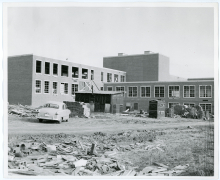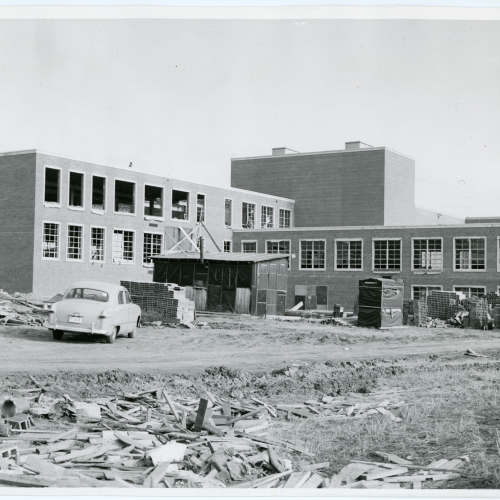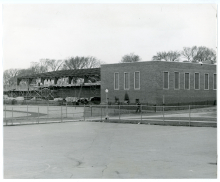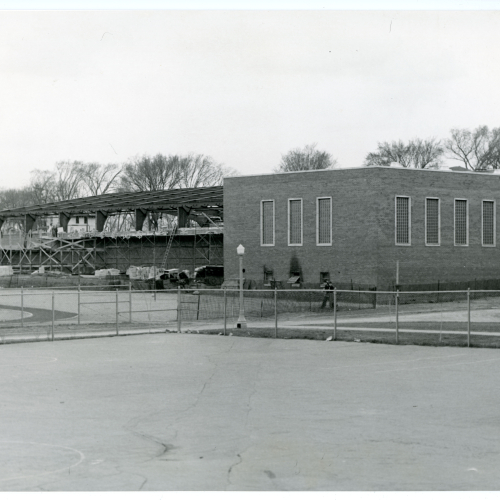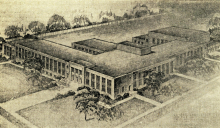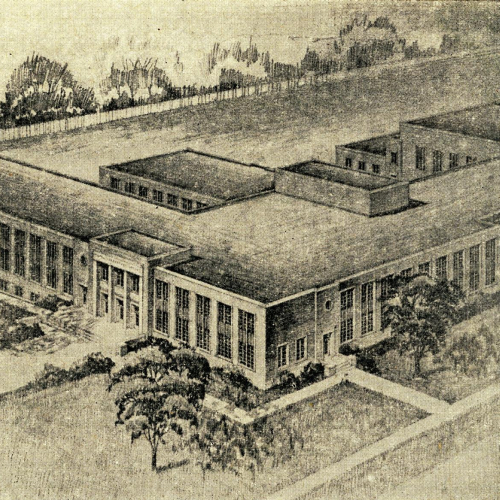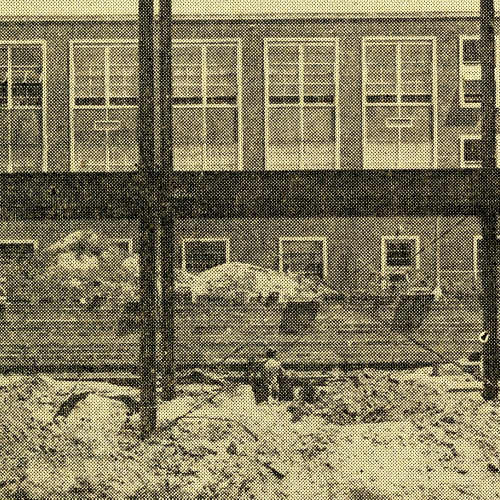Price Laboratory School (1950)
Iowa State Teachers College (now the University of Northern Iowa) officials understood that the institution needed a new facility to house its laboratory school even before the end of World War II. The building now known as Sabin Hall had served as the home for campus laboratory school activities since 1914. It was still structurally sound but was no longer the model of public school arrangement and organization that a laboratory school should exemplify.
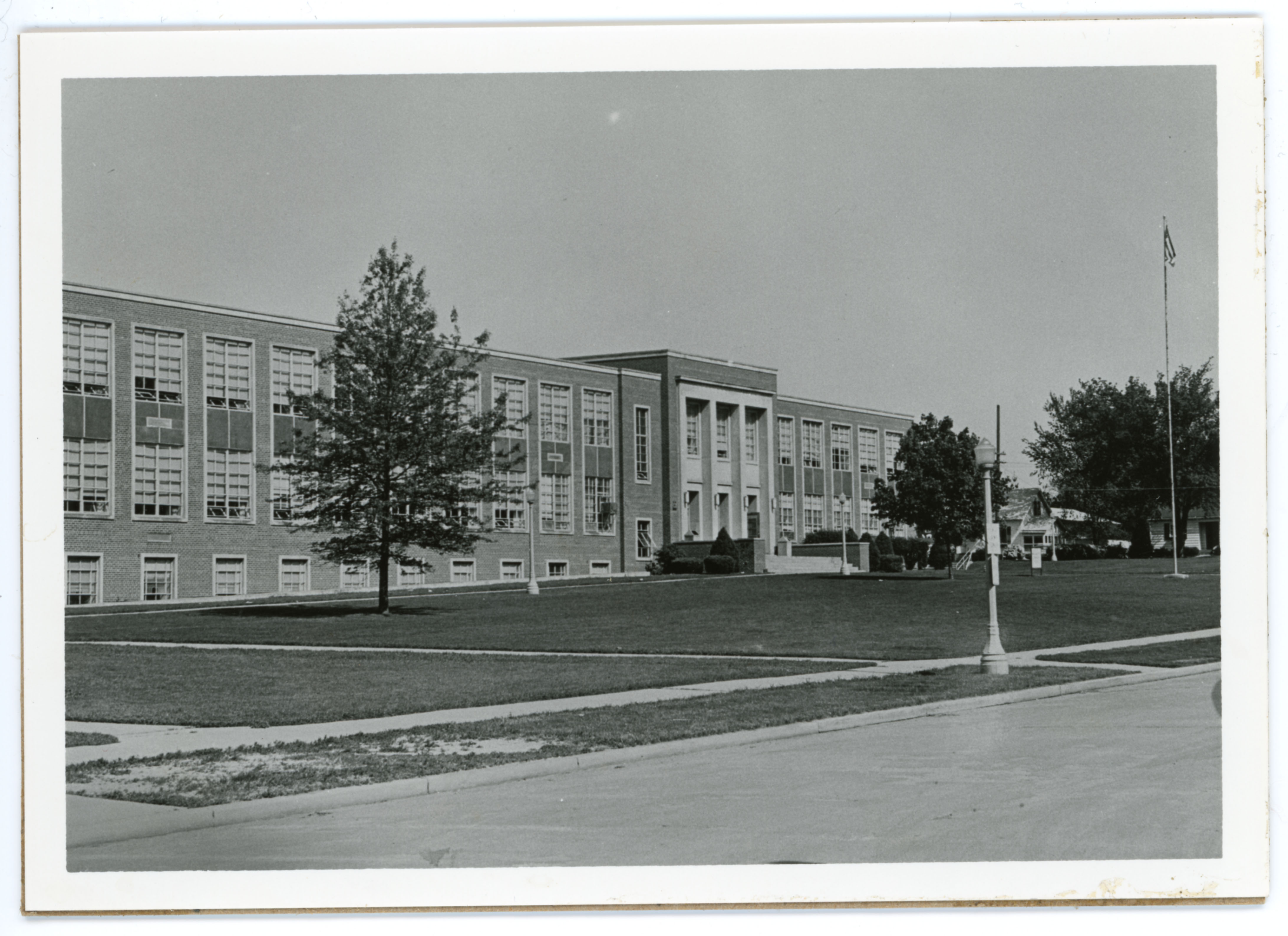
In 1945, the General Assembly approved $905,000 to be used for capital improvements at the Teachers College. That sum was considered adequate to construct a new laboratory school, a health services facility, an arts and industries building, and several physical plant improvements. The new laboratory school, budgeted at about $400,000, would include a grade school, a high school, and nursery school facilities. It would be located on the north edge of campus in an area bounded by Hudson Road on the west, 23rd Street on the south, Campus Street on the east, and 19th Street on the north. Ultimately, it would be a two-story building with two wings joined at a central section and include a gymnasium, library, cafeteria, and pool. However, postwar inflation, construction supply shortages, and surging enrollment, especially of men returning to school under the GI Bill®, delayed action on most of these projects.
In January 1947, President Malcolm Price asked the General Assembly for an additional $2 million for new campus buildings; the General Assembly responded with an appropriation of $362,000. In January 1948, President Price stated that plans were underway for a new school building with a budget of $560,000 and by July 1948, the plans were substantially complete. In October 1948, the college completed purchase of the land on which the school would be built. The General Assembly appropriated an additional $500,000 for the project in May 1949, bringing the total to $1.72 million. This additional money would allow the construction of the high school wing as the second unit of the project. A gymnasium would be the third unit. The college hoped to accept bids on construction of the elementary school wing in the fall of 1949. This part of the building would offer classrooms designed for student teaching observation, a cafeteria, an auditorium, and a library.
The Board of Education (now the Board of Regents) approved the final plans in May 1950. Tinsley, Higgins, and Lighter of Des Moines were the architects. In July 1950, Viggo Jensen Company of Albert Lea, Minnesota, received the general contract, Cedar Rapids Electric Company received the electrical contract, and W. A. Peck Company of Des Moines received the heating and plumbing contract for unit one construction. At that time, the project budget was $920,000.
Construction got underway in the early fall of 1950 but did not go smoothly. The contractor encountered a high water table when he attempted to put in the foundation for the building and construction necessarily halted. The footings and foundation had to be redesigned at considerable expense and substantial delay. Lawsuits followed, with contractors ultimately accepting a settlement of about $100,000 in June 1951 for losses suffered during delays caused by soil testing and redesign work. The project sat idle for nine months.
After the matter was settled, construction got back on track. College officials hoped that the elementary wing would be ready for the fall of 1953. On October 30, 1952, the cornerstone was laid. It contained documents, newspapers, photographs, statements of school philosophy, school schedules, student teaching guides, and other material relating to the school and its programs. The elementary school was completed in the summer of 1953. Summer session students began their move from the old school in Sabin Hall to the new building on August 10. Students moved class by class, followed by Principal Jack Hall and Director Dwight Curtis.
By the summer of 1953, the total appropriation for the high school wing reached $550,000. Though the Board of Education had not yet approved final plans, President Maucker hoped that unit two could be completed by September 1955. However, it was not until February 1954 that the Board of Education awarded contracts for the work. Fildes Construction Company of Waterloo received the general contract, Young Plumbing and Heating of Waterloo received the plumbing and heating contract, and Hub Electric Company of Waterloo received the electrical contract. By July 1954, the steel frame for the high school was in place. Construction proceeded on schedule, despite the insolvency of one of the contractors, so that by August 1955, high school students and faculty were packing to move from Sabin Hall to start the fall in their new building.
In their 1956 session, the General Assembly appropriated $517,000 to build unit three of the campus laboratory school. This unit would be a fieldhouse with a broad range of physical education facilities. Construction got underway during the summer of 1956 and the fieldhouse was completed in time for the start of school in September 1957.
The new building complex on the northwest corner of campus, completed in the fall of 1957 at a total cost of about $2.5 million, was initially known simply as the Laboratory School. President Maucker announced in February 1959 that the complex would be named in honor of Malcolm Price, who had been president of the college from 1940 through 1950.

President Price was instrumental in securing funding and in the initial planning for the school. After resigning as president, he continued to serve on the faculty of the Department of Education. Price said of the honor, "It came as a complete surprise; I feel honored. The facilities of the school are essential to the professional education of teachers and give the college a greater opportunity to be of service to the state of Iowa." John Emens, President of Ball State Teachers College, gave the dedicatory address.
The Price Laboratory School was a model physical facility when it opened, but programs within the building were just as important. In 1960, Dwight Curtis, director of the school, stated that the school attempted to perform two major functions: provide the best education to children attending the school and offer the best laboratory experiences for teachers in training. He believed that one function should not take precedence over the other, saying "the optimal educational program and environment for the pupils in the laboratory school provides the best laboratory for the pre-service and in-service education of teachers." In 1986, the school auditorium was named in honor of Kenneth G. Butzier, who taught language arts, speech, and theater at Price Laboratory School from 1960 through 1986. The fieldhouse was named in 1988 after Ross A. Nielsen, who directed the school from 1954 through 1986. On June 8, 1993, a very windy day, a fire caused by arson destroyed the Nielsen Fieldhouse and damaged adjacent portions of the school. No one was injured, but damage was estimated at $3 million. Architects RDG Bussard Dikis of Des Moines designed a new building, which cost about $3 million. Ground was broken for the new Nielsen Fieldhouse on September 13, 1994. The structure was completed in 1995 and dedicated on January 12, 1996.
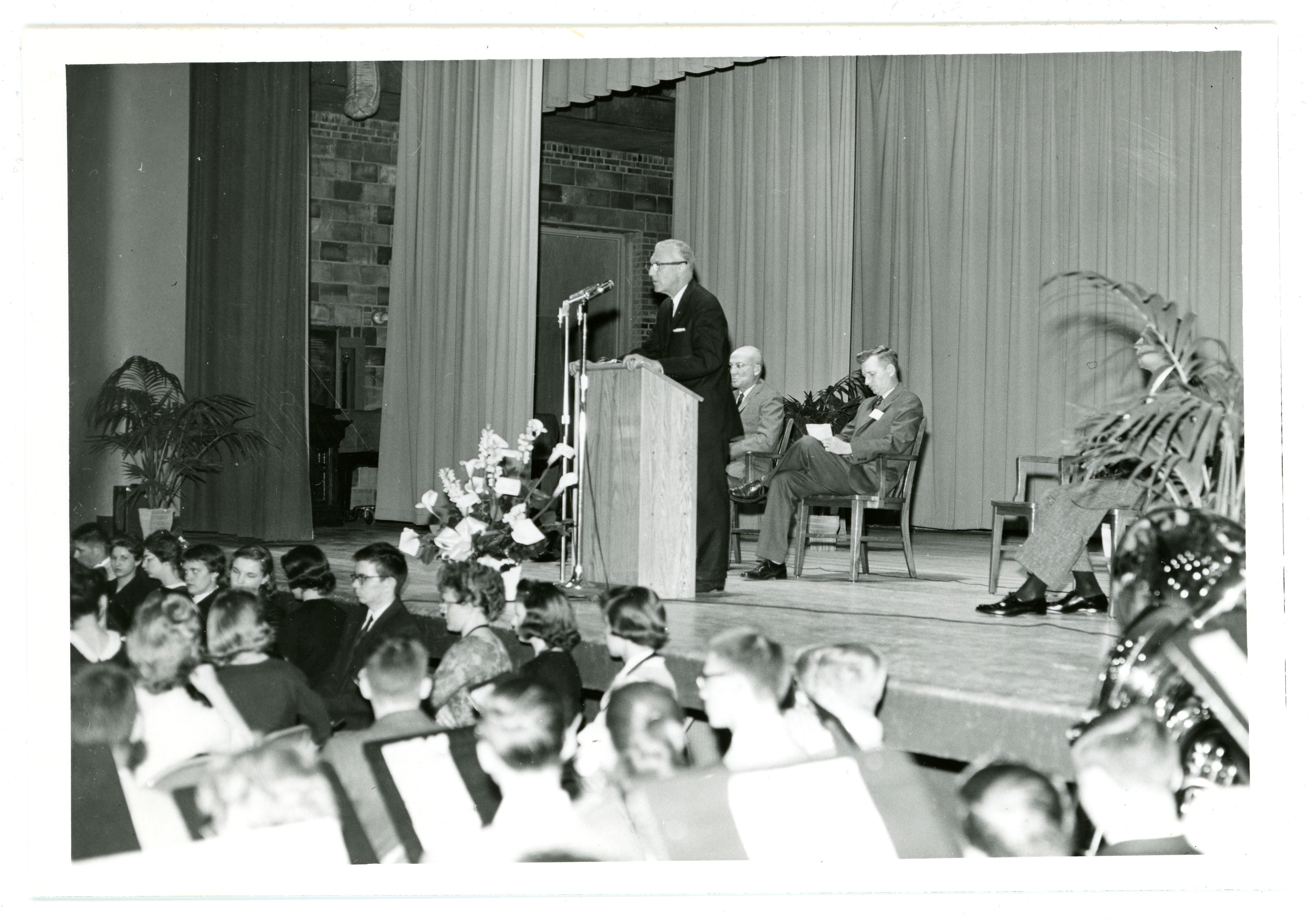
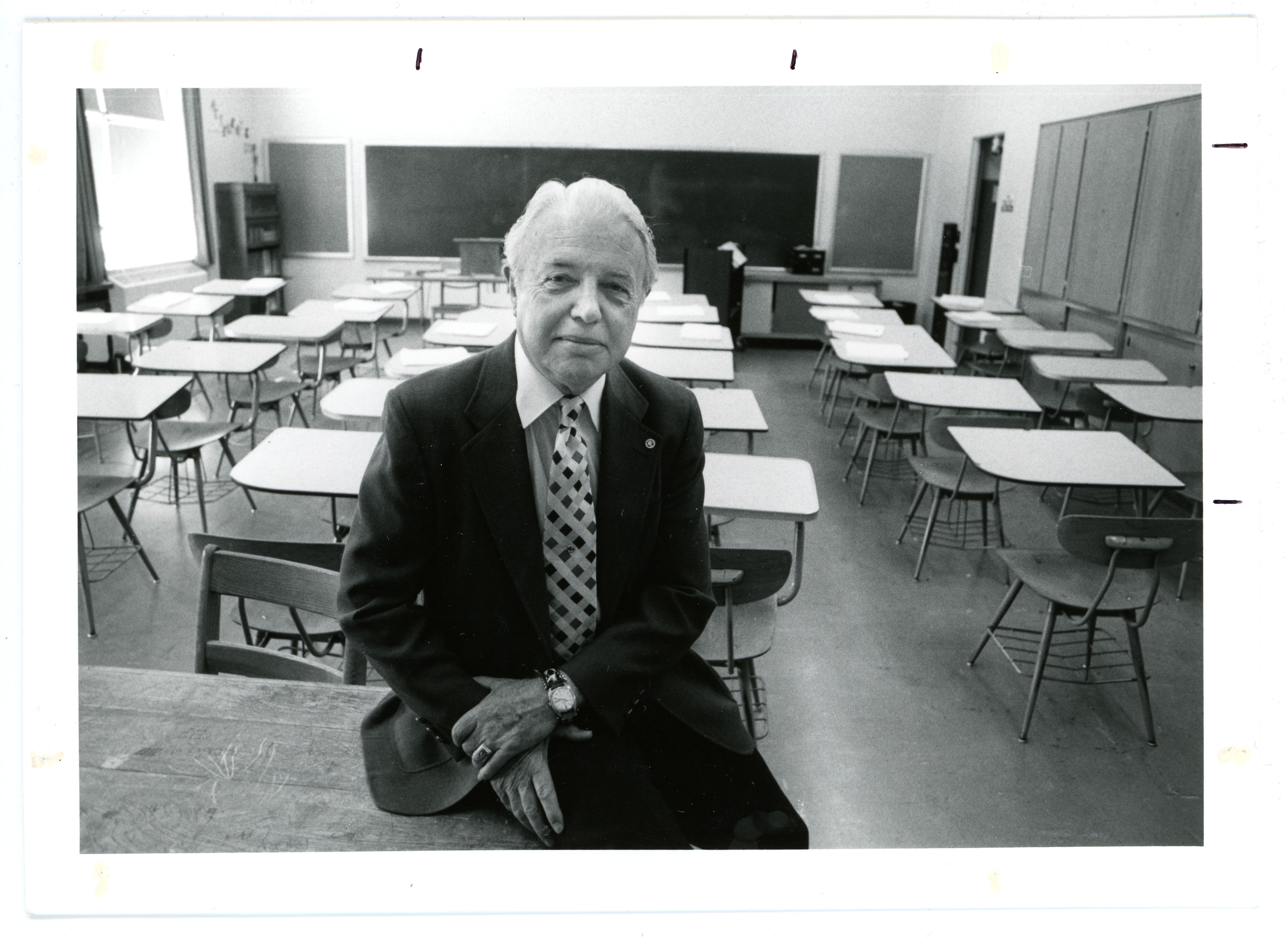
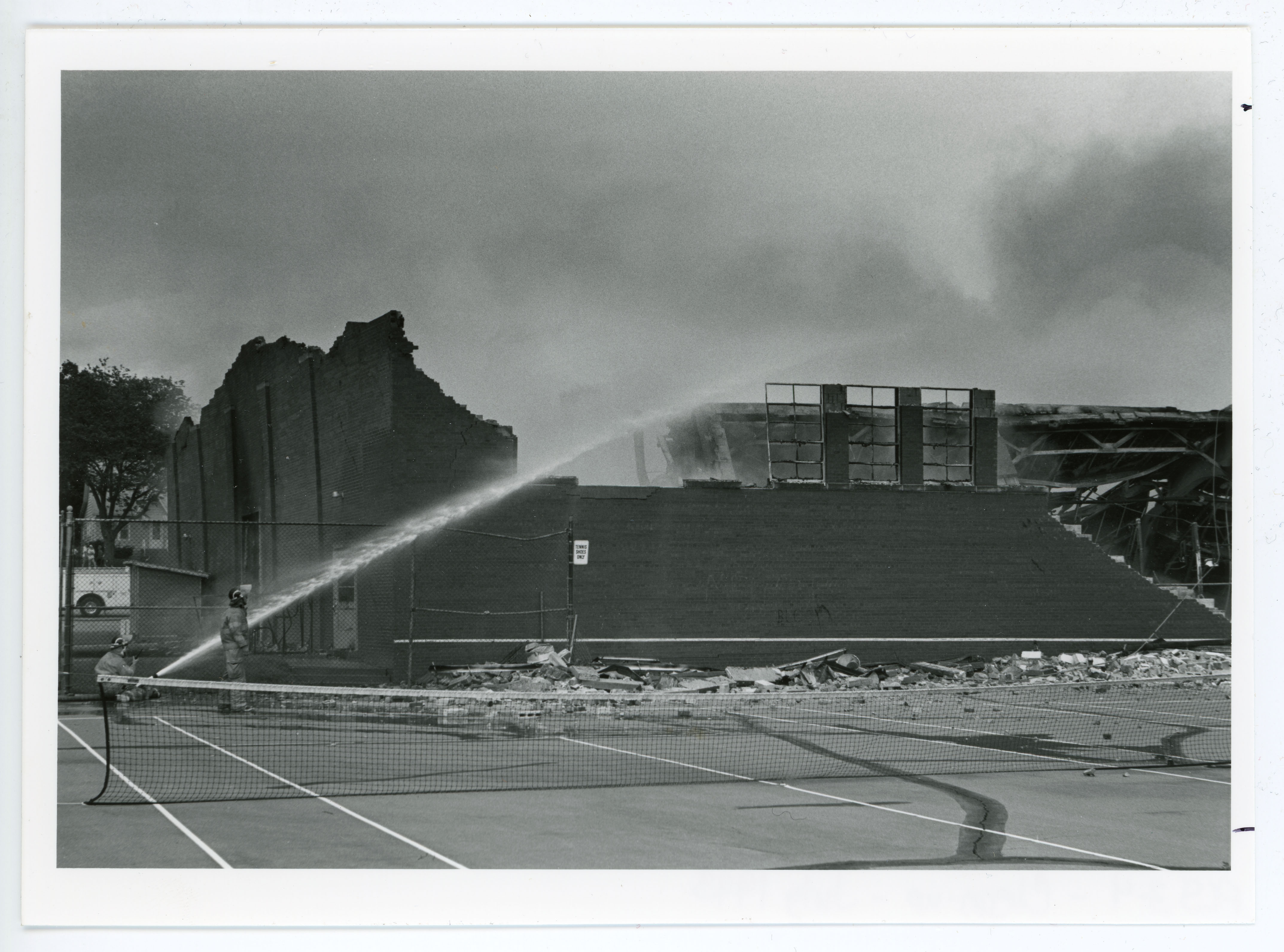

On several occasions, notably in 1971, 1986, 1989, 2002, and 2012, the school faced crises in which its continued existence was threatened. In April 1971, with laboratory schools closing across the United States, the Regents directed UNI to investigate alternate plans for accomplishing the objectives of the Price Laboratory School program. School Director Ross Nielsen vigorously defended the program.
He compared closing the laboratory school with a medical school closing its teaching hospital and noted that transferring student teaching to local public schools would be a very costly proposition. Iowa Lieutenant Governor Roger Jepsen, a laboratory school alumnus, also defended the school to a committee of the General Assembly. Ultimately, the committee asked that the laboratory school budget be separated from the university's general operating budget, so expenses could be tracked better. They also asked the school to negotiate higher tuition payments from Cedar Falls and Waterloo pupils.
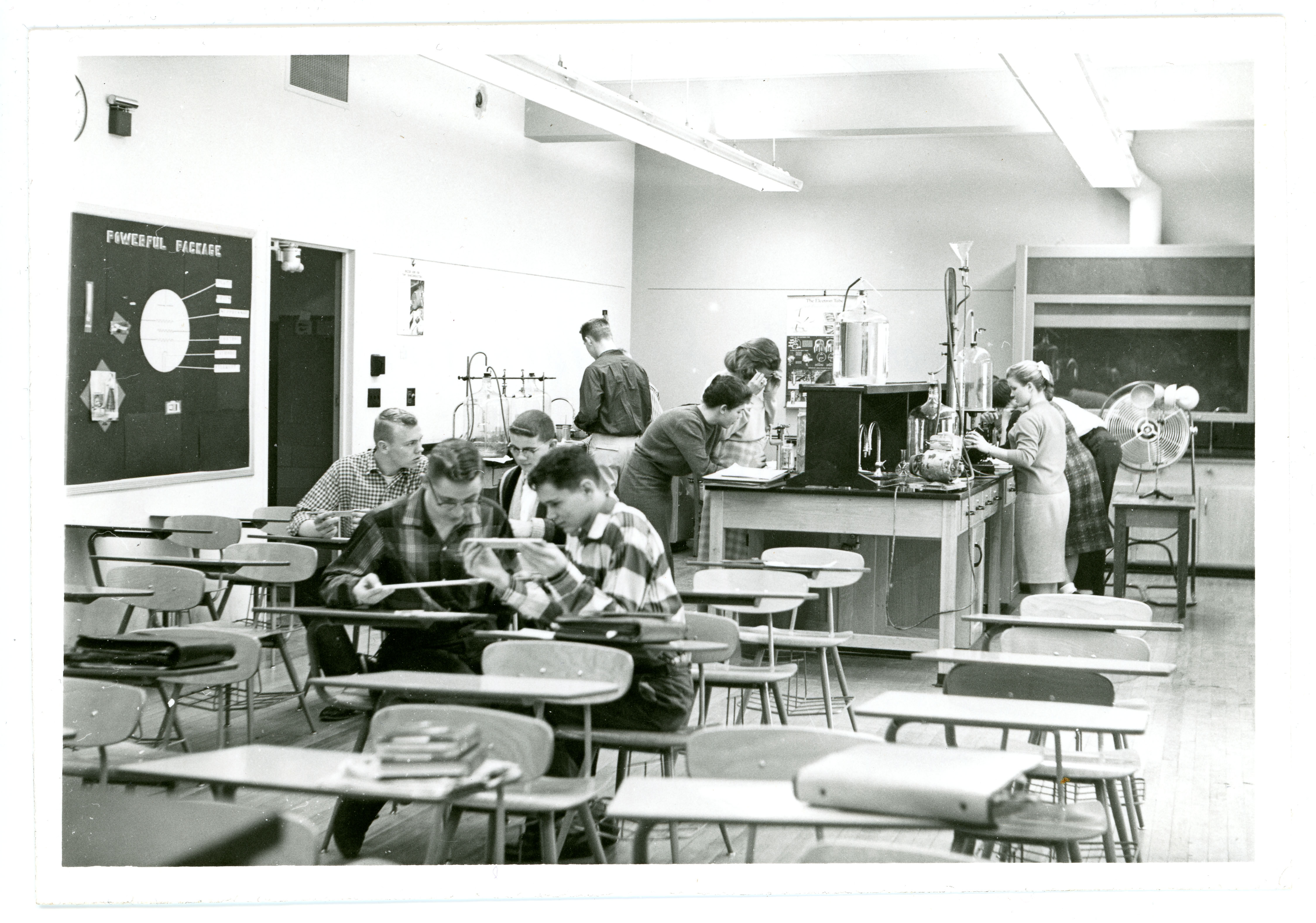
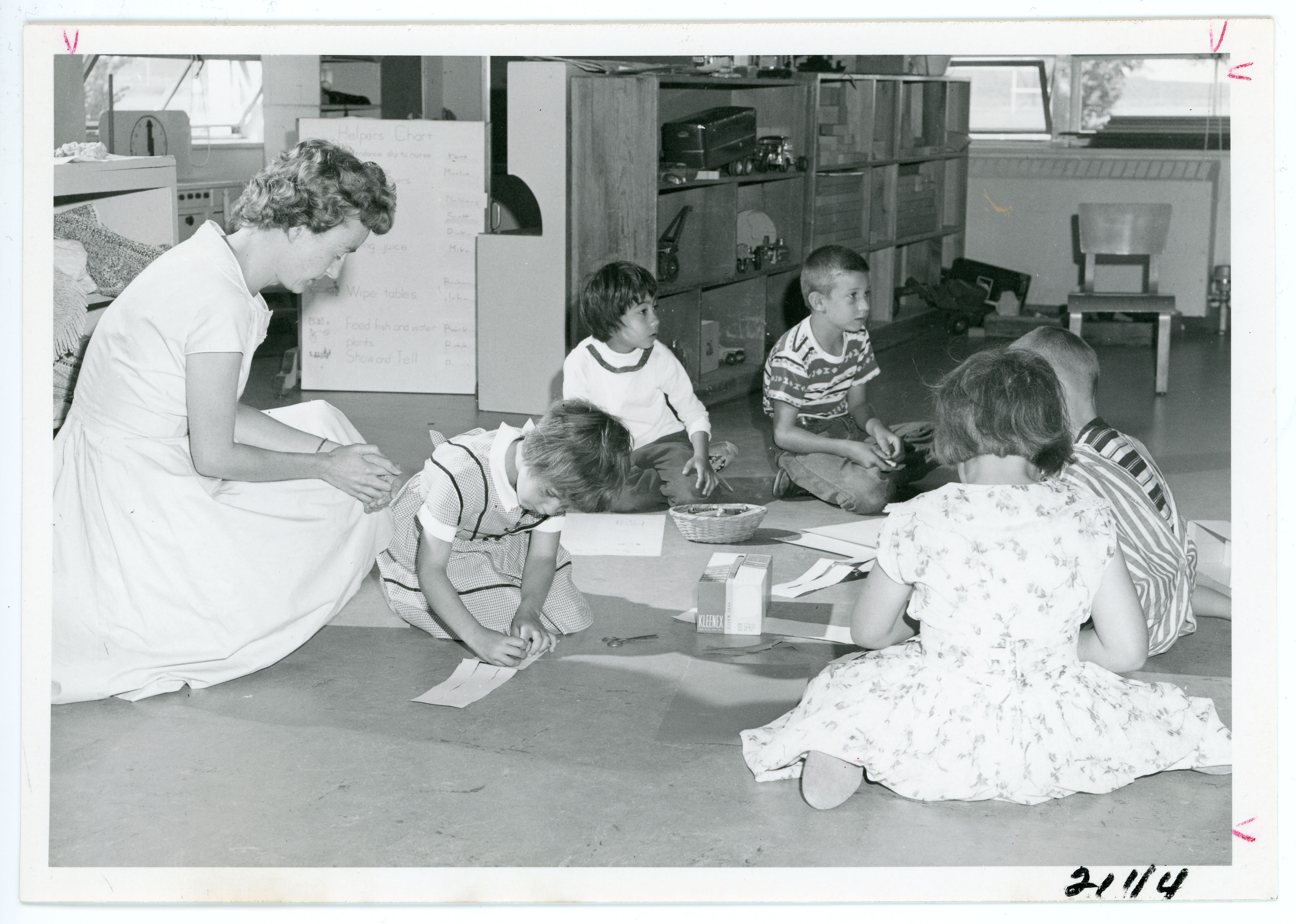
The threat in 1986 came as an amendment by Representative Tom Jochum of Dubuque tacked on to a bill very late in the General Assembly session. This amendment called for closing the school in two years. Representative Marv Diemer, from Cedar Falls, assured school officials that the matter was not serious and that the amendment would be withdrawn. Nothing came of this, but these situations continued to reveal a serious questioning of the laboratory school and its programs.
In 1989, the Board of Regents hired the consultant firm of Peat, Marwick, Main and Company to study the Regents universities, with a special directive to look for unnecessary duplication of programs. Among other considerations, the company's report questioned the need for Price Laboratory School, which at that time was one of only about 100 laboratory schools in the country. UNI officials reacted with shock and concern. They pointed out the considerable achievements of the school and the convenience for UNI students working on their student teaching field experiences. A committee and several outside consultants reported on the strengths of the laboratory school program, and the matter went no further.
Another serious threat to the continuation of Price Laboratory School came in February 2002 at a time when Iowa and the Regents universities faced a severe budget crisis. Thomas Switzer, Dean of the College of Education, was reported as proposing the possibility of closing Northern University High School and forming a Professional Development School in association with Cedar Falls and Waterloo High Schools. In this initial scenario, Northern University High School would close after the 2003-2004 year. Some considered this proposal to be a confirmed decision, but school officials such as Provost Aaron Podolefsky said that the proposal was just a possible vision of the future that would require further research and discussion. Still, many NUHS parents were shocked and quickly organized to fight the proposed closing by legal means, if necessary. Ultimately, the Board of Regents was obliged to release the following statement in May 2002: "Due to budget reductions at the University of Northern Iowa, significant changes will occur on the UNI campus, including at Malcolm Price Laboratory School (MPLS). MPLS will remain open as a K-12 school for the 2002-2003 school year. Negotiations are underway regarding future years."
In August 2002, the operating budget for the school was reduced drastically (from $4.5 million to $2.4 million) for the 2003-2004 school year, and tuition was raised from $200 to $340. That, apparently, was a price that many laboratory school parents were willing to pay to keep the school in operation. In October 2002, President Koob approved a recommendation from Interim Dean of the College of Education William Callahan to keep the school open on a K-12 basis. Dean Callahan proposed a series of tight economic measures, including seeking donations, raising fees, and not filling positions left by retiring faculty members.
Over the years, the school underwent minor renovations and structural changes, and Price Laboratory School was eventually placed on the university's five-year list for capital improvement. According to long range plans, the existing buildings would undergo major reconstruction or perhaps even demolition and replacement in a project estimated to cost $10-20 million. With continuing austere economic conditions in Iowa and with the crisis of 2002 still fresh in many people's minds, it was increasingly difficult to see when such a project might begin and what its shape might be.
The final threat to the laboratory school came in 2012. After several years of very restricted university budgets and with prospects for an even worse budget situation in 2012-2013, President Benjamin Allen recommended a series of program reductions and cuts in mid-February 2012. Included in that series was a recommendation to close the Malcolm Price Laboratory School by June of that year. On February 27, 2012, the Board of Regents approved that recommendation in an 8-0 vote. Despite the loyal and grateful corps of alumni, parents, faculty, and other supporters, the school was officially closed .
Compiled by Library Assistant Susan Witthoft and volunteer Amy Peterson; edited by University Archivist Gerald L. Peterson, July 1996; substantially revised by Gerald L. Peterson, with research assistance by Janelle Iseminger and scanning by Gail Briddle, January 2004; last updated, June 13, 2014 (GP); photos and citations updated by Graduate Assistant Eliza Mussmann March 29, 2023; content edited by Graduate Intern Marcea Seible, April 2025.
"GI Bill®” is a registered trademark of the U.S. Department of Veterans Affairs (VA). More information about education benefits offered by VA is available at the official U.S. government website at www.benefits.va.gov/gibill.

